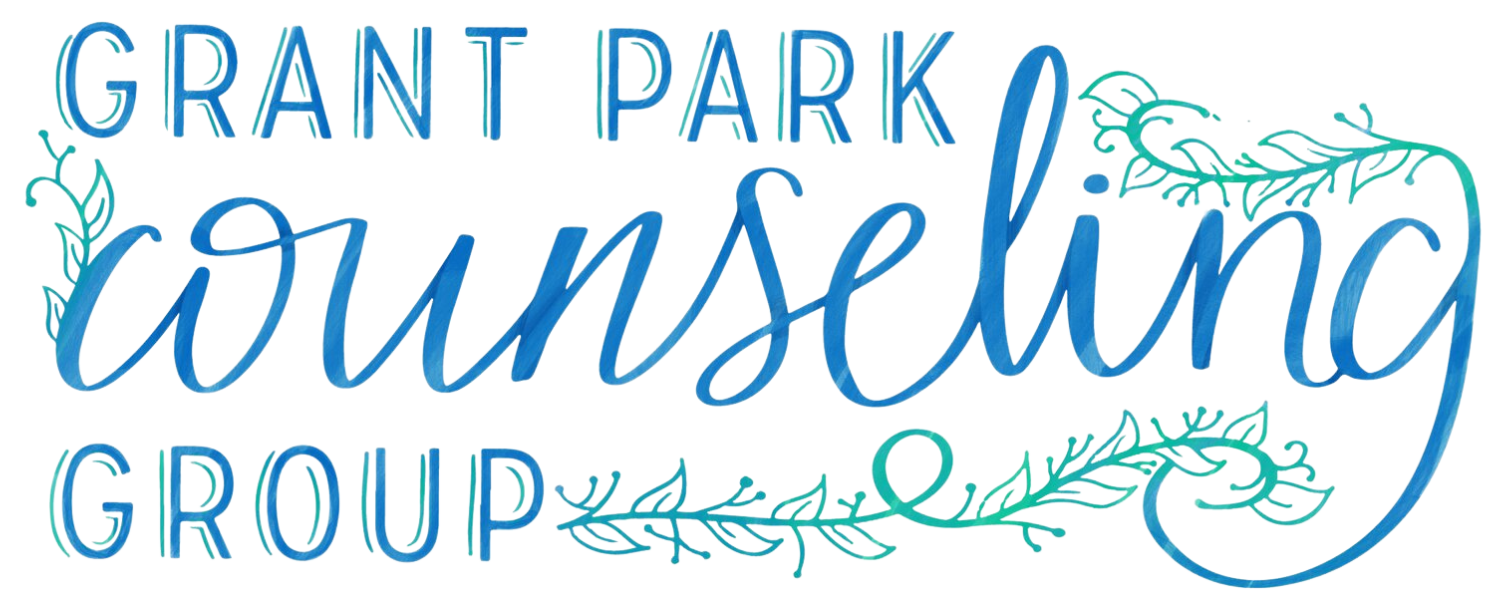The Beginner’s Guide to Meditation
Why meditate?
Let’s be clear: there is no “magic pill” or “quick fix.” While meditation won’t cure our issues, it can definitely create a greater sense of spaciousness in your life. Often, that makes all the difference and can support better choices and habits that impact ourselves, our families, and our communities. The only tools you need to bring with you to your practice are patience, self compassion, and a comfortable place to sit.
The simple (yet challenging!) act of paying attention to our breath trains us to come to, and relax in, the present moment—to ground ourselves in the here and now intentionally and without judgment or labels.
Let’s dispel the most widely believed myth about meditation: it is not about magically “clearing your mind” of the countless and endless stream of thoughts that flood, flow, trickle, or stream constantly through our heads. We’re simply practicing and training our attention to focus on our breath, notice when our attention has strayed, and then gently return to the breath.
Let’s try it.
Find a comfortable position you can remain in for a few minutes. Relax any tension from your body, making adjustments or movements if necessary, and then tune into the sensations of your inhalations and exhalations.
Stay with your breath. Get curious about it from a sensory standpoint, without getting analytical. Notice where you feel your breath most, the depth, the temperature, and any other raw perceptions. No need to judge; there is no right or wrong. Continue following the expansion and contraction of your breath.
Follow your breath for two minutes. If your focus wanes, GREAT! That’s the point. Practice noticing when you begin to wander and return to step 1 with great kindness and gentleness toward yourself
Simply notice
Welcome back. What did you notice? Was your mind busy or calm? Did it jump from thought to thought without your conscious direction? If so, you’re not alone. Most peopl;e have little thought patterns that constantly run in the background, like: “Why did I say that to my boss this morning?” “I forgot to pay the rent today.” “What am I going to get at the grocery store tonight?” or (the classic) “I suddenly just remembered every important thing I have to do.”
If you experienced any of these distractions, congratulations! You have a brain and it’s working as society intended— to meet the many demands of our culture. We all share this programming and habitual mindlessness. We tend to stay in our heads, on autopilot, letting our thoughts wander wherever they automatically gravitate to in the future or the past — anywhere except this moment, right now. not being present in the moment. It may be normal, but it isn’t comfortable, and there is an alternative.
“If you are depressed you are living in the past.
If you are anxious you are living in the future.
If you are at peace you are living in the present.”
―Lao Tzu
We “practice” mindfulness meditation so we can begin to recognize when our minds are lost in habitual, unhelpful patterns, and develop the ability to choose to get off the train, even if just for a moment, and consciously decide what we’d like to focus on. In short, a regular mindfulness practice allows us to cultivate a much healthier relationship with our own mind, which trickles into every other aspect of life.
A daily practice
Meditation is simpler (and more challenging) than most people realize. With these simple steps, a safe place where you can comfortably relax, a timer, and 5 to 10 minutes, you’ve got your practice. No subscription fees, no need to block off your whole morning, no excuses!
1) Take your seat
Find a place to sit, in a cushion or chair, that feels calm and quiet.
2) Set a timer
If you’re just starting out, 5 to 10 minutes is plenty of time. A shorter time with more consistency is more effective than irregular, long stretches.
3) Listen to your body
You can sit in a chair with your feet on the floor, you can sit loosely cross-legged, you can kneel—all are fine. Just make sure you feel stable and in a position you can comfortably stay in for a while.
4) Feel your breath
Follow the sensation of your breath as it comes in and goes out.
5) Notice when your mind has wandered
Inevitably, your attention will leave the breath and wander to other places. When you become aware that your thoughts have wandered—whether it’s been a few seconds, a minutes, or your timer is nearly up —softly return your focus to the breath.
6) Be gentle with yourself
Resist the temptation to judge yourself or analyze over the content of the thoughts you find yourself lost in. This tendency feeds the unconscious thought stream. Just come back and start again, as often as you need to.
7) Close with kindness
When you’re ready, gently lift your gaze or open your eyes. Take a moment to listen to any sounds in the environment. Bring your awareness to how your body feels right now. Notice any thoughts oremotions. Feel gratitude for yourself for taking this time to focus on you.
That’s it! That’s the practice.
You go away, you come back, and you do it as gently as possible, with great kindness toward yourself.



